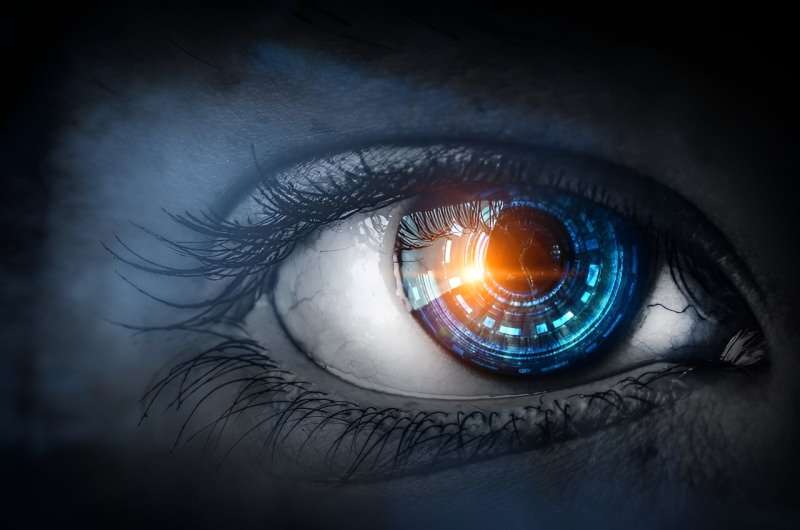For patients with high myopia, models for accurate prediction of the long-term visual acuity (VA) based on clinical and imaging information are feasible, according to a study published online Oct. 26 in JAMA Ophthalmology.
Yining Wang, M.D., from Tokyo Medical and Dental University, and colleagues developed machine learning models to predict VA at three and five years in patients with high myopia in a retrospective, single-center cohort study. Regression models were developed to predict best-corrected VA (BCVA) at three and five years using data for 1,616 eyes from 967 patients.
The researchers found that support vector machines and random forest presented the best prediction of BCVA at three and five years, respectively (R2, 0.682 and 0.660, respectively). Logistic regression presented the best performance for predicting the risk for visual impairment at five years (area under the receiver operating characteristic curve, 0.870). The most important predicting variables were baseline BCVA (logMAR odds ratio, 0.298), as well as prior myopic macular neovascularization, age, and category 4 myopic maculopathy (odds ratios, 3.290, 1.578, and 4.899, respectively), which were associated with an increased risk for visual impairment at five years.
"Regular follow-up examinations to monitor the development of myopic lesions are recommended in these patients with high myopia," the authors write.
More information: Yining Wang et al, Machine Learning Models for Predicting Long-Term Visual Acuity in Highly Myopic Eyes, JAMA Ophthalmology (2023). DOI: 10.1001/jamaophthalmol.2023.4786
Journal information: JAMA Ophthalmology
2023 HealthDay. All rights reserved.
























